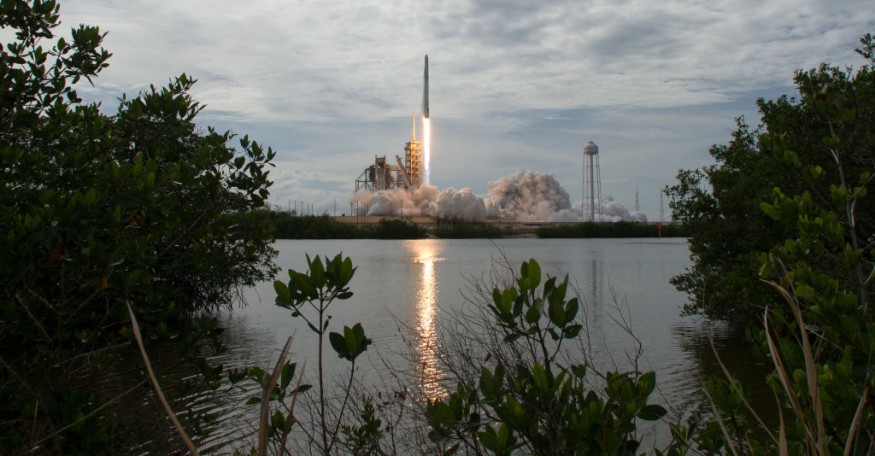
The National Aeronautics and Space Administration (NASA) has confirmed that on January 11, Elon Musk's SpaceX Cargo Dragon would return to Earth from the International Space Station (ISS). The said spacecraft is bringing orbital science analysis observations and other items.
Cargo Dragon embarked on a SpaceX Falcon 9 on December 7 and landed at the ISS with at least 6,400 pounds of hardware, research samples, and crew supplies roughly 24 hours later.
In a press release, NASA said the spacecraft would make parachute-assisted water landing in the Atlantic Ocean off Florida's coast about 9:00 pm EST. NASA will broadcast the flight and landing live on their website.
What Will The Space Craft Bring Again?

Some of the scientific investigations Dragon will return to Earth include:
Cardinal Heart
Microgravity induces modifications in the human heart's function and shape, and it is still unclear if these changes will become permanent if an individual stayed in space for more than a year. Using 3D-engineered cardiac tissues, a form of tissue chip, Cardinal Heart studies how variations in gravity influence cardiovascular cells at the cellular and tissue stage. The findings could include a new view of Earth's cardiac diseases, help detect new therapies, and facilitate the creation of cardiovascular risk prediction screening measures before spaceflight.
Space Organogenesis
This Japan Aerospace Exploration Agency (JAXA) study shows human stem cell 3D organ buds' development to examine gene expression improvements. To attain 3D growth, cell cultures on Earth require supporting materials or powers. Still, without such instruments, cell cultures may extend into three dimensions in microgravity. The findings of this study could reveal the benefits of utilizing microgravity for state-of-the-art advances in regenerative medicine and could lead to the advancement of the technology required to manufacture artificial organs.
Sextant Navigation
Return to Earth would be the sextant used in the Sextant Navigation research. Sextants have a tiny telescope-like optical sight to take exact angles across pairs of stars from land or sea. It allows movement without mechanical aids. For decades, travelers have navigated through sextants, and NASA's Gemini missions performed the first spacecraft sextant sightings. This investigation evaluated basic methods for using a sextant for disaster management on satellites such as NASA's Orion, which would bring humans on deep-space flights.
Study on Rodents-23
The role of lungs, nerves, and lymphatic systems in the eye and improvements in mice's retina before and after spaceflight was observed in this experiment. The goal is to understand why visual perception is affected by these improvements. On long-duration space missions, at least 40 percent of astronauts suffer visual disorder known as Spaceflight-Associated Neuro-ocular Syndrome (SANS), which could negatively impact mission performance.
Thermal Amine Scrubber
Using dynamically heated and cooled amine beds, this technology tested a process to extract carbon dioxide (CO2) from the air aboard the International Space Station. Controlling the station's CO2 levels decreases crew members' risk of developing CO2 buildup effects, including nausea, headache, trouble breathing, strained eyes, and itchy hands.
Bacterial Corrosion and Adhesion
In microgravity, bacteria and other microorganisms have grown as biofilm populations. This experiment describes the bacterial genes used during biofilms development and investigates whether stainless steel can be corroded by these biofilms, and assess a silver-based disinfectant's efficacy. This research could offer insight into better methods of managing and eliminating resistant biofilms, leading to potential space flights of long duration.
Check out more news and information on SpaceX on Science Times.












